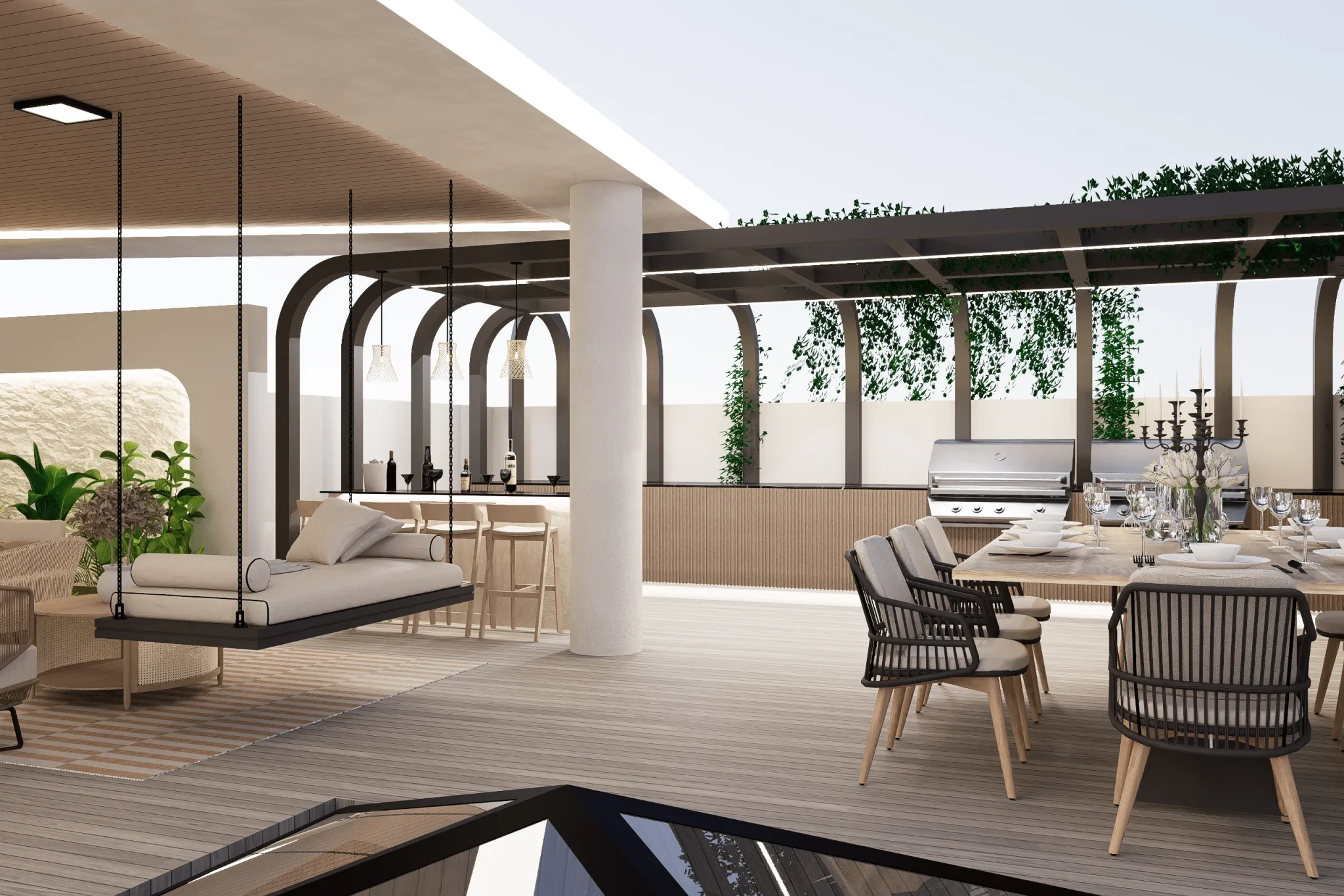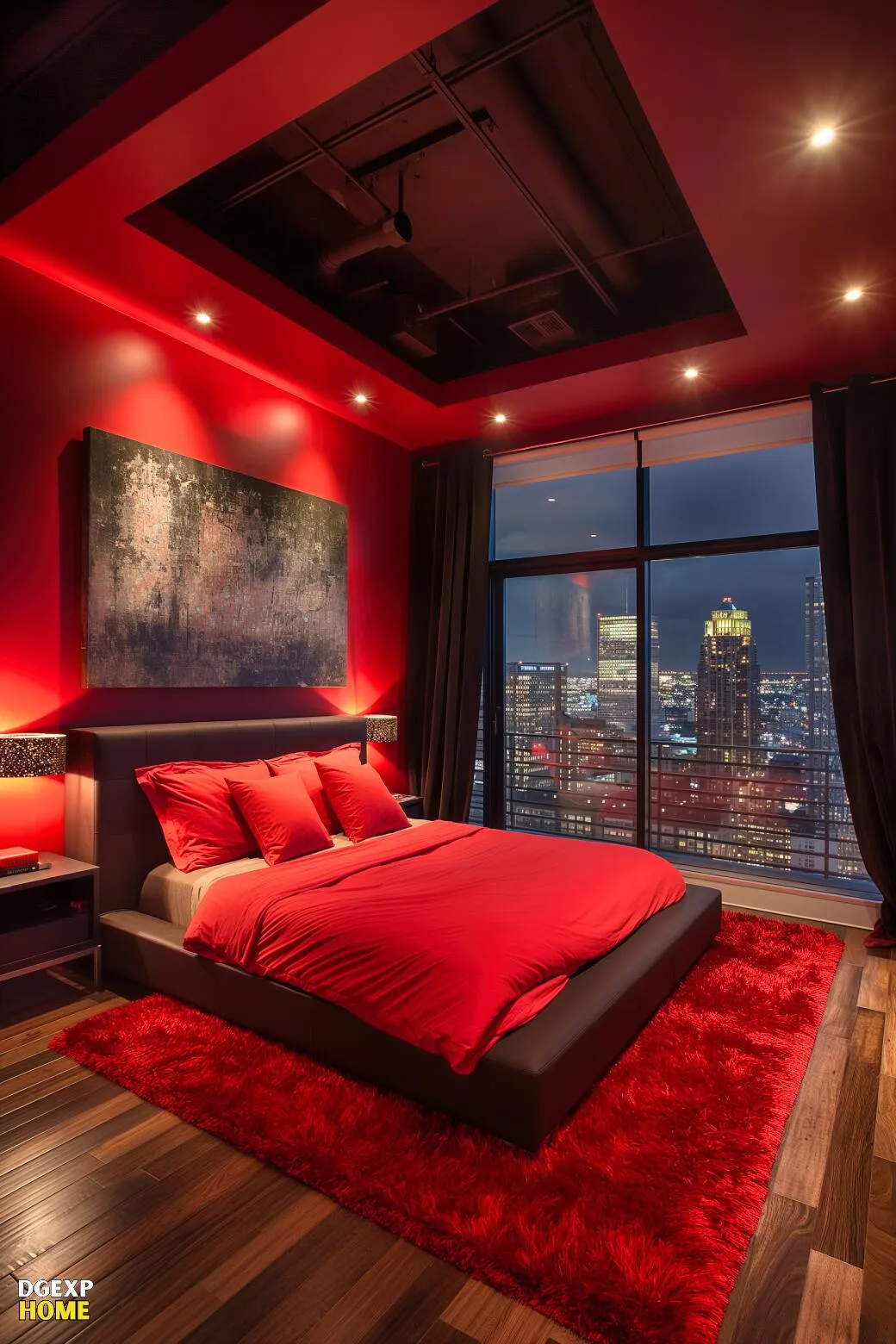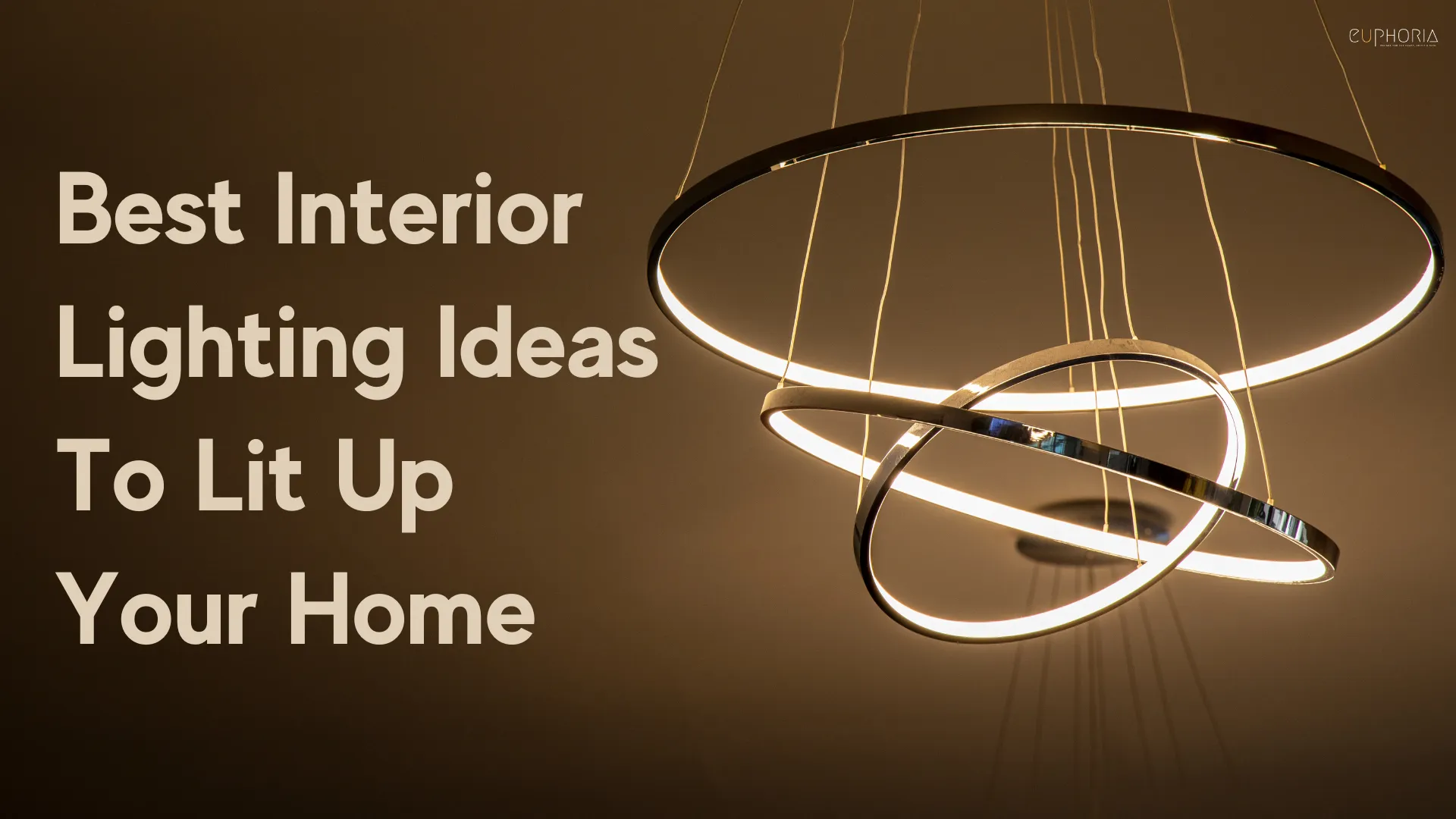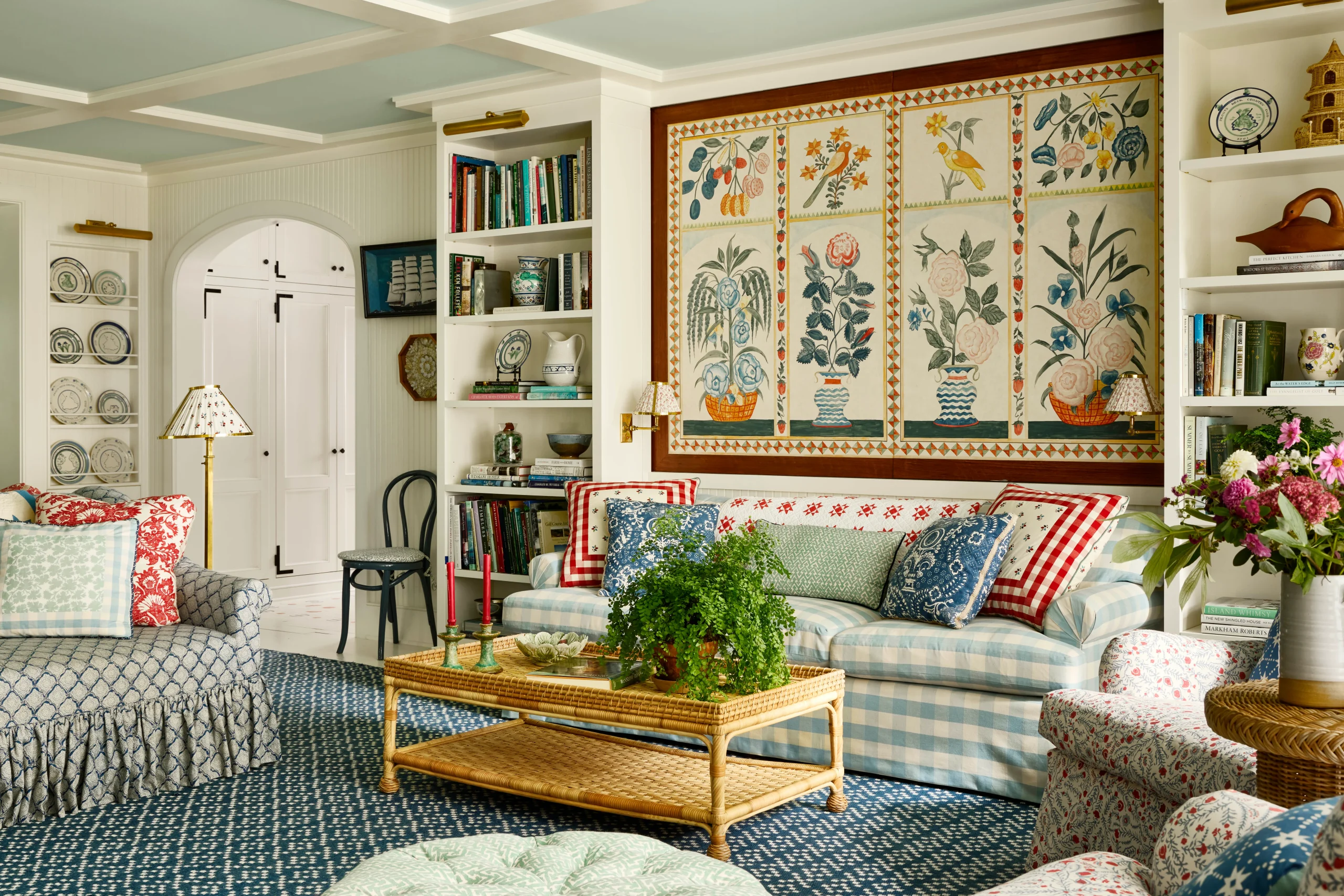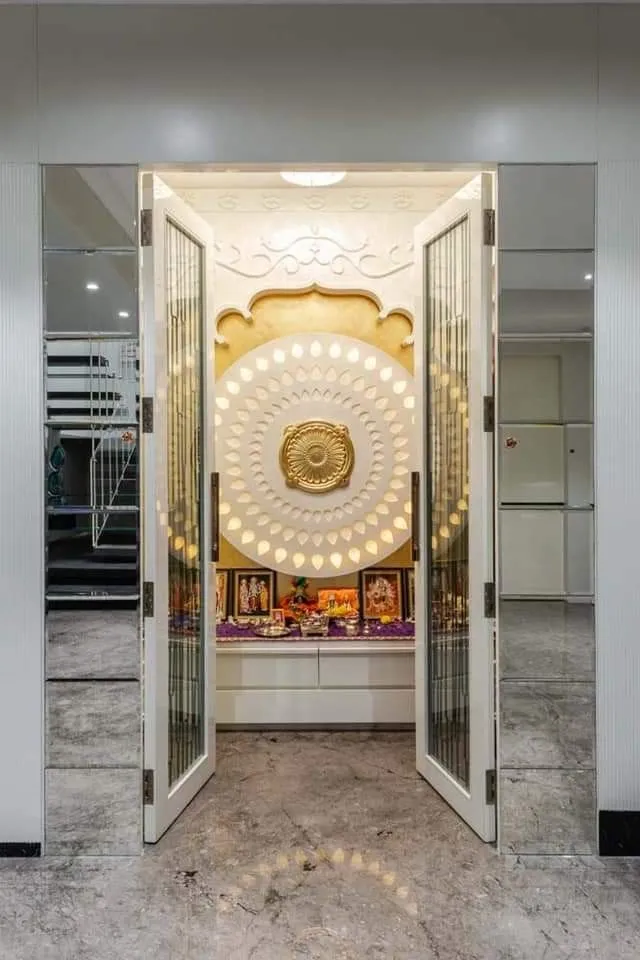How often do you find yourself daydreaming about changing your home into something just as enchanting, luxurious, inviting, and rich in cultural history? In the world of interior design, incorporating elements of Arabic design into a luxury villa is more than a trend. It’s a way to elevate the entire experience of living. The magic of Arabic design lies in its ability to merge opulence with functionality, creating spaces that feel both grand and deeply personal.
But where do you begin? How can you bring these enchanting details into your own home without going overboard? That’s what we’ll explore in this guide. From bold colors to intricate patterns and luxurious textures, Arabic design offers a multitude of elements that can add a distinct flair to your villa. Let’s dive into the nuances of Arabic interior design and discover how to incorporate them seamlessly into your luxury villa for a truly transformative effect.
1. Understanding Arabic Design Elements
Arabic interior design is a fusion of history, culture, and art. It draws inspiration from the ancient architecture of the Arabian Peninsula, the Middle East, and North Africa. Over centuries, Arabic design has been shaped by diverse influences, including Islamic art, Persian aesthetics, and Mediterranean styles, which have combined to create an incredibly rich and complex visual language. At its core, Arabic design is characterized by its love of bold patterns, intricate details, opulence, and cultural symbolism.
Geometric shapes, arabesques (intricate, flowing patterns), and calligraphy are common features, alongside luxurious materials like marble, gold, and velvet. The appeal of Arabic design lies in its ability to convey a sense of timeless elegance, yet it can also feel deeply personal and meaningful, with each design element often carrying cultural significance. One of the most exciting aspects of contemporary Arabic-inspired interior design is the balance between tradition and modernity. The key to achieving the perfect blend is not to overwhelm your space with too much ornamentation or outdated elements but to integrate these traditional motifs in a fresh and contemporary way.
Key Points:
- Arabic design has deep historical roots, drawing from diverse cultural influences.
- Bold patterns, intricate details, and luxurious materials define the aesthetic.
- Achieving balance between tradition and modernity is essential in Arabic-inspired interiors.
2. The Problem: Misunderstanding of Arabic Design in Modern Interiors
As the popularity of Arabic design elements grows, so does the risk of misinterpretation. Many people mistakenly equate Arabic design with a narrow set of visual tropes, often associating it with the “Middle Eastern” aesthetic. This can result in oversimplified or stereotyped designs that fail to capture the true essence of Arabic interior decoration. Common mistakes include overusing intricate patterns, selecting colors that clash with the rest of the villa’s interior, and misplacing culturally significant symbols without understanding their meaning. Some may overdo the use of geometric shapes or excessively ornate furniture, making a room feel cluttered instead of elegant. Without a thorough understanding of the culture behind the design, it’s easy to miss the subtle nuances that make Arabic design so special.
Key Points:
- There’s a risk of reducing Arabic design to overused stereotypes.
- Misplaced patterns, colors, and symbols can undermine the aesthetic appeal.
- Understanding cultural significance is crucial to achieving an authentic Arabic design.
3. Solution: How to Integrate Arabic Design Elements in a Luxury Villa
3.1. Start with the Right Color Palette
One of the first decisions you’ll make in your design process is choosing the right color palette. The wrong colors can create a jarring effect, making the space feel either too harsh or too muted. The solution? Choose a rich, luxurious color palette that reflects both warmth and opulence. Gold, deep blues, jewel tones like emerald and ruby, and earthy shades such as terracotta and ochre are staples in Arabic design. These colors evoke a sense of grandeur, warmth, and depth, ideal for a luxury villa. Pair these rich hues with softer tones like ivory or beige to create balance and harmony in the space.
Key Points:
- Use gold, jewel tones, and earthy shades to create a luxurious, warm ambiance.
- Balance vibrant colors with neutral tones for a cohesive look.
- Color choice is key to reflecting the warmth and opulence of Arabic design.
3.2. Incorporating Arabic Geometric Patterns
Geometric patterns are a defining feature of Arabic design, but the key is subtlety. Too many patterns can overwhelm a space, so it’s essential to incorporate them strategically. Think of using geometric tiles in the foyer, incorporating a patterned rug in the living room, or adorning cushions with embroidered shapes that add visual intrigue without overwhelming the space. Arabic geometric patterns work wonderfully in areas where they can serve as accents—such as wall art, floor tiles, or textiles. By placing them in the right places, you can add just enough detail to elevate the space without turning it into a chaotic visual experience.
Key Points:
- Use geometric patterns sparingly to avoid overwhelming the space.
- Ideal locations for patterns include rugs, tiles, and textiles.
- Geometric patterns should add visual interest without cluttering the design.
3.3. The Importance of Luxurious Textiles and Fabrics
In Arabic interior design, textiles play a central role in adding richness and texture to a room. Choosing luxurious fabrics like silk, velvet, and brocade can significantly enhance the ambiance of your luxury villa. Layering these fabrics through curtains, throw pillows, and upholstered furniture creates a sense of depth and sophistication. Textures are equally important in Arabic design, with fabrics like linen, cotton, and wool often used to create balance. The key is to use textiles that evoke a sense of comfort and opulence while maintaining the richness Arabic design is known for.
Key Points:
- Opt for luxurious fabrics like silk, velvet, and brocade.
- Layering textures creates depth and sophistication.
- Fabric choice should enhance the villa’s overall luxury and comfort.
3.4. Statement Lighting: Chandeliers, Lanterns, and Lamps
Lighting is one of the most powerful tools in creating the right mood for a room. In Arabic design, statement lighting pieces like grand chandeliers, copper lamps, and intricately designed brass lanterns are key elements. These fixtures cast warm, inviting light that enhances the luxurious feel of the space. Arabic-inspired lanterns, often crafted from brass or copper, add an air of mystique while creating a cozy, intimate atmosphere. Whether you’re illuminating the living room or highlighting an ornate feature wall, the right lighting can tie the entire room together and emphasize your design choices.
Key Points:
- Invest in statement lighting like chandeliers and lanterns.
- Choose warm lighting to create a cozy and inviting atmosphere.
- Lighting can dramatically impact the mood and cohesiveness of the space.
3.5. Incorporating Arabic Calligraphy and Artwork
Arabic calligraphy and artwork are not just decorative; they are deeply symbolic. Incorporating these elements into your villa’s interior design can add a meaningful layer to the space. However, it’s important to avoid over-saturation. A well-chosen piece of calligraphy or an intricate painting can serve as a focal point in a room. Consider placing calligraphy above mantels, in entryways, or on feature walls. The beauty of Arabic script, with its flowing lines and elegant curves, can infuse any space with a sense of grace and cultural significance.
Key Points:
- Use Arabic calligraphy and artwork as focal points.
- Select meaningful pieces that resonate with your personal style.
- Avoid over-saturation by limiting the number of cultural symbols.
3.6. Traditional Arabic Furniture in Modern Settings
Traditional Arabic furniture, with its intricate woodwork and luxurious fabrics, can seem out of place in modern luxury villas. The key to incorporating it successfully is to blend these pieces with contemporary furniture. Introduce elements like low seating, intricately carved wooden pieces, or ornate divans, while ensuring they complement the overall modern aesthetic of the villa. By mixing traditional Arabic furniture with sleek, minimalist furniture, you can create contrast and visual interest, giving your space a unique and timeless appeal.
Key Points:
- Mix traditional Arabic furniture with modern pieces for contrast.
- Incorporate low seating and carved wood to evoke Arabic luxury.
- Balance is key to ensuring traditional elements blend with contemporary design.
4. Focus on Space and Layout: Creating Flow and Openness
Arabic design thrives in open, spacious environments. In a luxury villa, the layout should be planned with a focus on openness and symmetry. Avoid cramped spaces and ensure that the design allows for a natural flow from one room to the next. Arabic-inspired architecture often features large windows, arched doorways, and open courtyards that flood the space with natural light. The layout should also focus on balance and symmetry, which are integral to Arabic aesthetics. These elements work to create a sense of tranquility and harmony in the home, enhancing the luxury experience.
Key Points:
- Prioritize spacious, open-plan layouts.
- Use large windows, arches, and courtyards to bring in natural light.
- Focus on symmetry and balance for a harmonious design.
5. Integrating Arabic Design in Outdoor Spaces
Many people overlook the potential of their outdoor spaces, but Arabic design principles can be extended beyond the villa’s walls. Outdoor courtyards and gardens are ideal spaces for incorporating Arabic elements. Add intricate tilework to pathways, use Arabic-inspired cushions in outdoor seating areas, and introduce sculptural water features like fountains for a serene, luxurious vibe. Traditional mashrabiya screens, lush plants, and archways can create a peaceful, private retreat that extends the villa’s Arabic-inspired aesthetic into nature.
Key Points:
- Don’t neglect outdoor spaces—integrate Arabic design there too.
- Use intricate tiles, water features, and traditional screens to enhance outdoor spaces.
- Outdoor courtyards can become luxurious extensions of the villa.
6. Sustainability and Ethical Sourcing in Arabic Luxury Design
Luxury doesn’t have to come at the expense of the environment. In today’s world, sustainable design practices are crucial. Choose ethically sourced materials, such as reclaimed wood or eco-friendly fabrics, to incorporate Arabic design without compromising your environmental values. Handcrafted pieces and locally sourced items often carry a story and add unique character to the space. By prioritizing sustainability, you can maintain a luxurious feel while supporting artisans and preserving the cultural heritage that Arabic design represents.
Key Points:
- Choose sustainable, ethically sourced materials.
- Handcrafted and locally sourced items add uniqueness and character.
- Sustainable practices support both luxury and cultural heritage.
7. The Role of a Skilled Designer: Why Professional Help Is Essential
Arabic design is rich in detail and complexity, and integrating these elements effectively requires expertise. Hiring an experienced interior designer who specializes in Arabic or Middle Eastern design ensures that your villa’s interior is executed flawlessly. Professionals understand how to balance traditional elements with modern luxury and can guide you in selecting the right pieces that will create a harmonious, cohesive space. Collaboration with skilled artisans who understand the cultural nuances of Arabic design will also ensure that your villa captures the essence of Arabic aesthetics in a respectful and beautiful way. Choosing the nearest interior design company ensures easy access to expertise and convenience.
Key Points:
- Professional designers ensure cohesive and respectful execution of Arabic design.
- Collaboration with skilled artisans is crucial for authenticity.
- Expertise helps balance traditional and modern elements seamlessly.
Conclusion
Incorporating Arabic design elements into your luxury villa is an exciting journey that combines cultural richness with contemporary luxury. By understanding the key principles—such as color choices, geometric patterns, luxurious textiles, and statement lighting—you can create a villa that feels both opulent and welcoming. Remember, the key to success lies in balance: respecting tradition while embracing modern luxury. Arabic design has the power to make your villa not just a home but a timeless sanctuary. So, take inspiration from the rich history and artistic beauty of Arabic design, and let it elevate your living space to new heights of sophistication and cultural depth.
FAQs
How do I choose the right color palette for Arabic-inspired interiors?
Opt for rich tones like gold, deep blues, jewel tones, and earthy shades like terracotta. These colors reflect luxury and warmth, but balance them with neutral tones like ivory for cohesion.
Can I use Arabic patterns in a minimalist space?
Yes, Arabic patterns can work in minimalist spaces when used sparingly. Consider incorporating them through accent pieces like rugs, cushions, and tiles to add visual interest without overwhelming the design.
What is the role of textiles in Arabic interior design?
Textiles add richness and texture. Luxurious fabrics like silk, velvet, and brocade, when layered through curtains and upholstery, enhance the depth and sophistication of Arabic-inspired interiors.
Is sustainability important in Arabic luxury design?
Yes, it’s crucial to use sustainable materials and ethically sourced furniture in Arabic luxury design. This ensures a luxurious experience while respecting the environment and cultural heritage.
